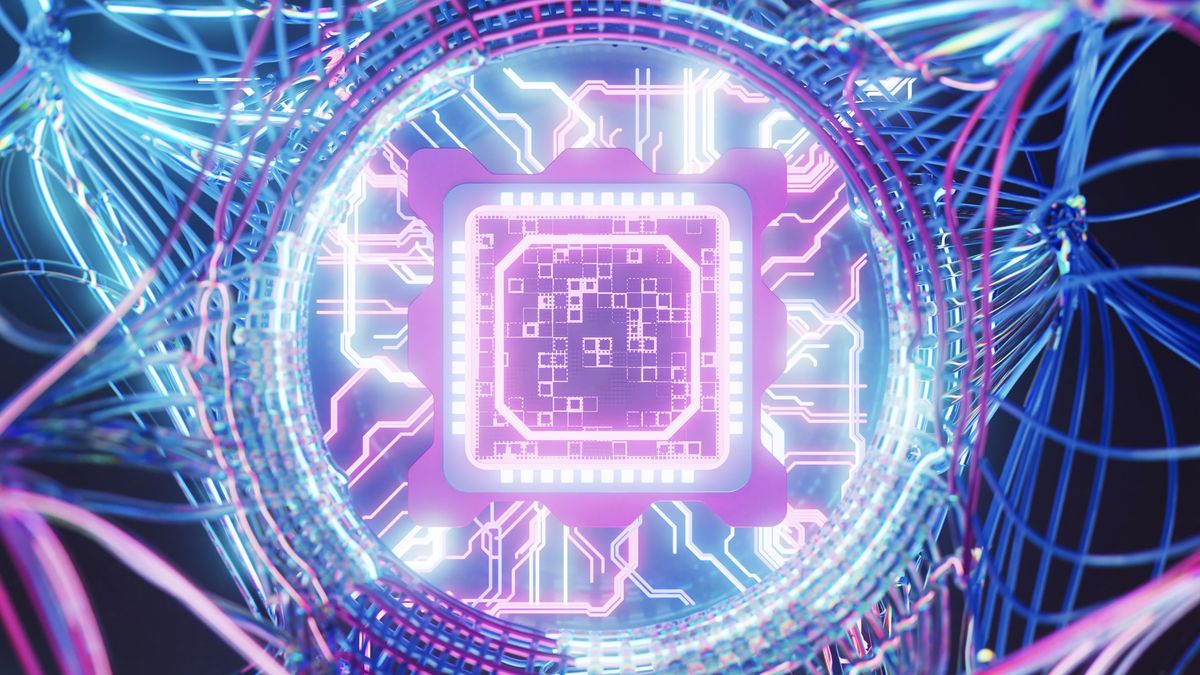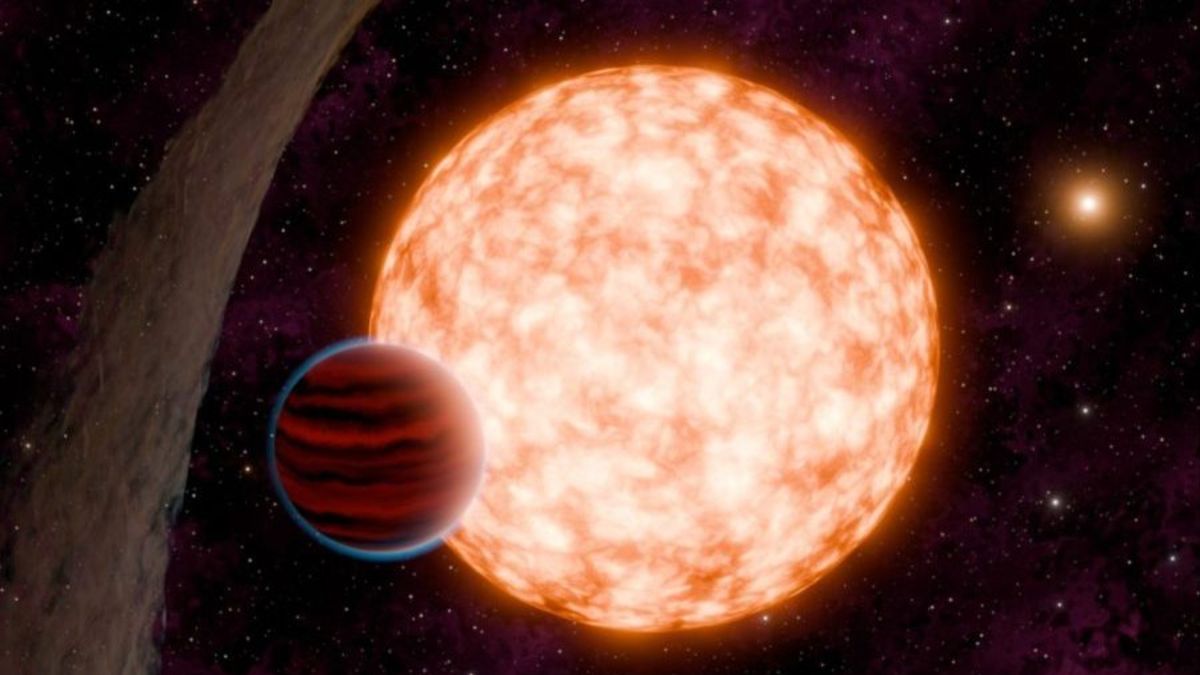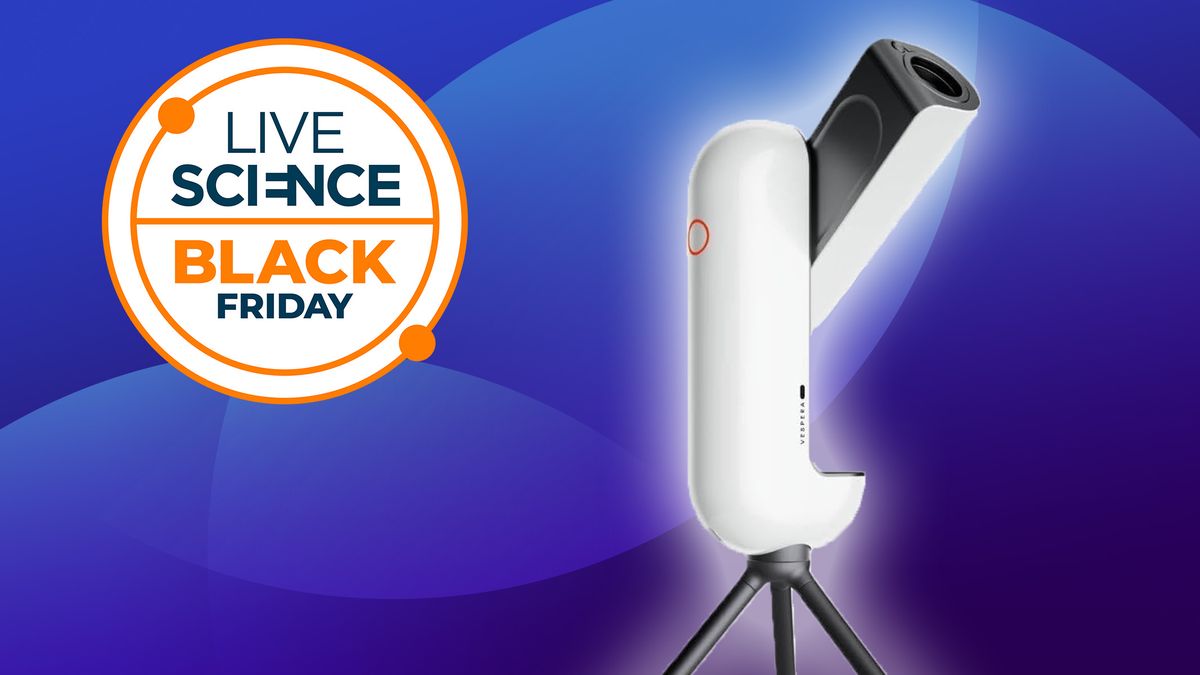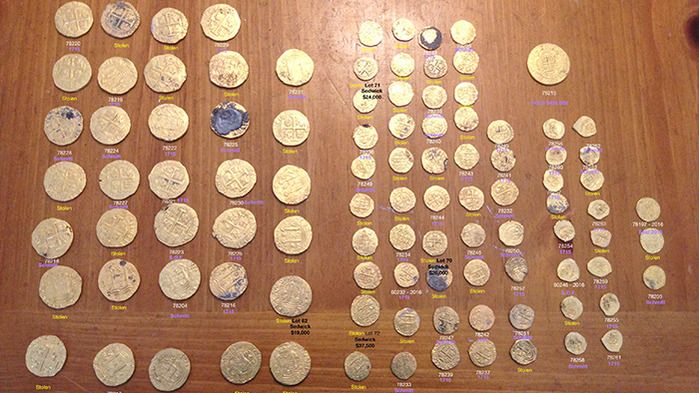Physicists have created a new model for quantum computers that could more easily scale them up and make them more powerful than previously imagined.
The new theory, outlined in a study published May 21 in the journal PRX Quantum, proposes linking qubits, the fundamental workhorses of quantum computers, over vast distances to work as if they were part of a single super-powerful machine.
Where bits are used in classical computing to process data in binary states of 1 or 0, and in sequence, quantum computing uses qubits (which rely on the laws of quantum mechanics) to encode data in a superposition of 1 and 0. This means data can be encoded in both states simultaneously. Each qubit operates in a given frequency.
These qubits can then be stitched together through quantum entanglement — where their data is linked across vast separations over time or space — to process calculations in parallel. The more qubits are entangled, the more exponentially powerful a quantum computer will become.
Entangled qubits must share the same frequency. But the study proposes giving them “extra” operating frequencies so they can resonate with other qubits or work on their own if needed.
The road to quantum supremacy
With enough entangled qubits, future quantum computers could perform calculations that would have taken a classical computer thousands of years in just a few seconds. But you need a quantum processor with millions of qubits to achieve this state of “quantum supremacy,” whereas the most powerful today have just 1,000 qubits.
But maintaining the stability between entangled qubits, so that you can process data, is difficult and requires complex electronics and equipment. Scaling up the qubits in a quantum computer so it’s powerful enough to leapfrog today’s most powerful supercomputers also represents a major hurdle — as you would also need to scale up that complex circuitry.
Related: Quantum compasses closer to replacing GPS after scientists squeeze key refrigerator-sized laser system onto a microchip
But the scientists propose that by giving each qubit extra frequencies, they can get them to work together to process calculations as if they were a part of a single quantum computer. This is despite being potentially separated over vast distances. It means that instead of one massive quantum processor that is difficult to maintain, you can use several smaller ones linked together.
“Each qubit in a quantum computer operates at a specific frequency. Realizing the capabilities unique to a quantum computer relies on being able to control each qubit individually via a distinct frequency, as well as to link pairs of qubits by matching their frequencies,” study lead author Vanita Srinivasa, assistant professor of quantum information at the University of Rhode Island, said in a statement.
Fitting qubits together like ‘LEGO blocks’
The scientists said that by applying oscillating voltages, they could generate extra frequencies for each qubit. By doing this, you can link multiple qubits together by tapping into newly generated shared frequencies, without having to match their original frequencies. The qubits can then be linked together, yet also be controlled individually using their original frequencies.
“This approach to scaling is like building a larger system using fixed-size LEGO blocks, which are like individual modules, and connecting them using longer pieces that are strong enough to maintain the connection between the blocks for a sufficient time before external influences break the links,” Srinivasa said in the statement.
The model aims to overcome challenges that scientists will face in scaling up quantum processors in the future. These are normally fabricated with semiconductors and use billions of tiny transistors that can be harnessed to make compact qubits. However, simply adding more and more qubits to a quantum processor will one day be infeasible, the scientists said.
Using the new model, the researchers believe future quantum computers will be built in a modular way — with smaller arrays of qubits in quantum processors that are connected using robust and long-range entangled links. This will render them more powerful and capable of much faster calculations than is feasible using the technology that we have today.















